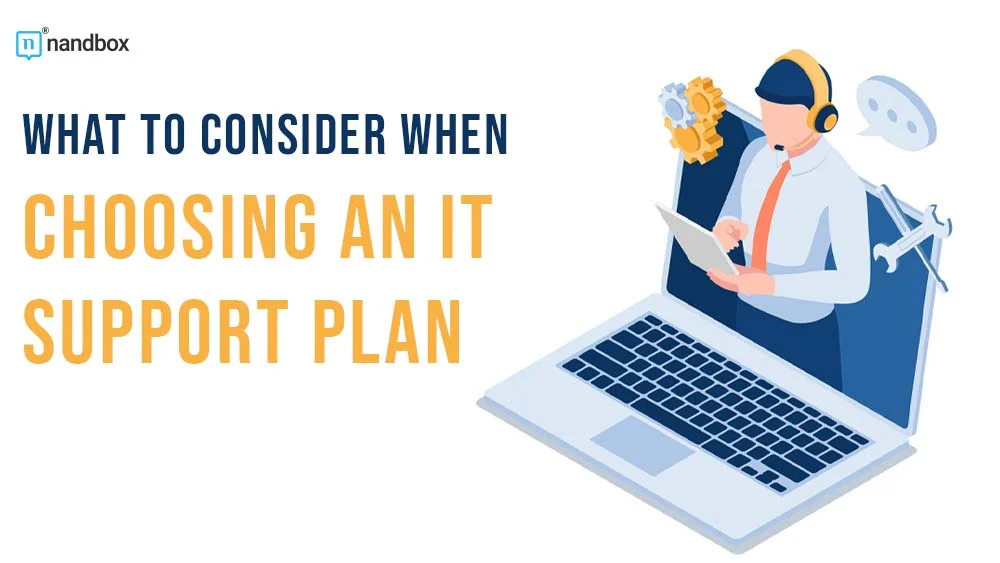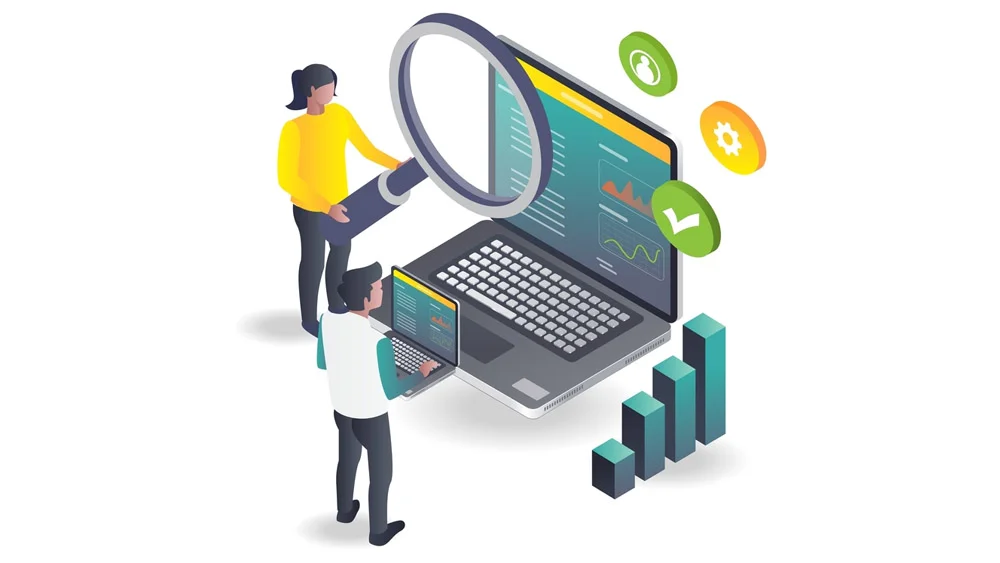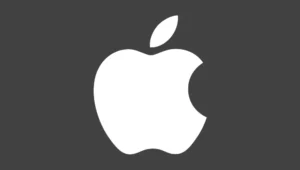What To Look for in an IT Support Plan
Imagine this: You’re swamped with emails, juggling deadlines, and then… bam! Your computer screen goes dark. Panic sets in – is it a simple glitch, or are you facing a major IT meltdown? IT problems can be confusing, time-consuming, and can seriously disrupt your workflow. That’s where a reliable IT support plan swoops in to save the day.
But here’s the thing: choosing the right one can mean the difference between smooth sailing and constant headaches. This blog post will equip you with the knowledge you need to navigate the world of IT support plans. It’ll break down key factors to consider so you can find one that perfectly aligns with your business needs and keeps your technology running like a well-oiled machine.
Understand Your Business Needs
Building a successful IT infrastructure begins with a thorough understanding of your company’s specific technological requirements. It will guide you towards the ideal support solution.
Consider this: you’re delivering a crucial presentation to a potential client when your internet connection abruptly severs. In such a critical moment, would immediate on-site intervention be necessary to restore functionality, or could a remote technician effectively troubleshoot the issue? The answer hinges on your unique needs.
Conversely, if your business utilizes specialized equipment demanding immediate hands-on attention during emergencies, an on-site support team takes precedence. But how can you trust them in these situations? Propel Technology’s team or a similar managed service provider in your locality takes the time to analyze each client they’ll get onboard, so you know they’ll be able to match what your business requires.
To gain a clearer picture of your IT landscape, consider the following questions:
- Team composition and location: Do you have a small, centralized team or a geographically dispersed workforce that relies heavily on remote access tools or cloud services?
- Technical expertise: Does your team possess basic troubleshooting skills, or would you benefit from comprehensive technical support for even minor issues?
- Emergency support requirements: How critical is immediate on-site support for resolving hardware malfunctions or critical system outages?
By conducting a candid evaluation, you’ll gain precious insights. This knowledge will then empower you to identify the optimal blend of managed IT services, whether it’s a combination of on-site emergency support, remote technical assistance, or a hybrid approach. Afterwards, you may connect with Neolore Networks or any other managed service providers of your preference and see what they offer, so you can determine if they have the tools and skills you’re looking for.
Now, here are things to look out for in an IT support plan:
Service Level Agreements (SLAs)
Service-level agreements, or SLAs, act as the formal contracts between you and your IT support provider. These define the specific services offered, the expected level of performance, and how the provider will be held accountable for meeting those standards.
Here are some key elements to consider when evaluating an IT support provider’s SLA:
Response times
The SLA should define disaster recovery response timeframes for different issue severities (e.g., critical, high, medium, low). Faster incident response times for critical issues ensure quicker resolution of problems that could significantly impact your business.
Resolution timeframes
The SLA should outline targeted resolution timeframes for various types of problems. This period helps you gauge how long it might take to get your systems back up and running smoothly.
Uptime guarantees (if applicable)
For businesses that rely heavily on constant system availability, uptime guarantees can be crucial. The SLA should specify the minimum acceptable percentage of uptime and potential service credits if they don’t meet those guarantees.
Escalation procedures
A straightforward escalation process ensures your concerns are addressed promptly if initial troubleshooting efforts fail to resolve an issue. The SLA should outline the steps involved in escalating a problem and the timeframe for each step.
By carefully evaluating an SLA, you can ensure the IT support plan aligns with your business’s needs.
Technical Expertise and Experience
In the ever-evolving world of technology, your IT support provider’s technical expertise and experience become crucial factors for success. Think of them as your trusted guides, navigating the complex world of hardware, software, and cybersecurity threats.
Here are some ways to assess a provider’s technical expertise and experience:
Industry certifications
Industry-recognized certifications demonstrate a provider’s commitment to ongoing professional development and staying abreast of the latest technologies.
Experience with similar businesses
Look for a provider with experience supporting businesses in your industry or with a similar technological footprint.
Client testimonials
Positive client testimonials can offer proof of the provider’s ability to deliver effective solutions and exceptional service.
Prioritizing technical expertise and experience when choosing an IT support provider allows you to invest in a team with the knowledge and skills to navigate the ever-changing technological landscape.
Proactive Monitoring and Maintenance
Think of your IT infrastructure as a house. Reactive IT support acts like a repair crew, patching leaks and fixing broken windows after the storm hits. While necessary, wouldn’t it be better to prevent the damage in the first place? That’s where monitoring and maintenance come in – they’re the preventative measures that build a solid and reliable IT foundation for your business.
Here’s how they can act as a proactive partner:
Constant vigilance
The IT support team acts as your silent guardians, utilizing network monitoring tools and system checks to identify potential glitches before they morph into major disruptions.
Software support on autopilot
The team can automate software updates and security patches as part of their IT maintenance routines. This strategy ensures your systems are always up-to-date and shielded from the latest vulnerabilities.
A strong help desk support
By anticipating potential user roadblocks, the help desk support team can address issues preemptively, minimizing disruptions and keeping your team focused.
Cloud services optimization
For businesses leveraging cloud services, proactive monitoring helps ensure optimal performance and resource allocation within the cloud environment.
Investing in monitoring and maintenance will not just fix problems but create a more stable and secure IT foundation, less downtime for your team, and a smoother workflow for your entire business.
Communication and Accessibility
Clear and consistent communication is the cornerstone of a successful IT support relationship. Here are some of the essentials to consider:
Multiple channels
Look for a provider that offers a variety of communication channels to suit your preferences. This feature could include phone support for urgent issues, an online ticketing system for tracking non-emergency problems, and email support for general inquiries.
Transparent communication
The IT support team should keep you informed throughout the resolution process, providing regular updates on the status of your issue, and the estimated timeframe for a fix.
Accessibility during emergencies
For critical situations, ensure the plan offers access to emergency support personnel 24/7. This feature provides you with a lifeline during unexpected outages or disaster recovery scenarios.
Backup and disaster recovery plans
A comprehensive IT support plan should integrate seamlessly with your existing backup and disaster recovery strategies. They should be able to advise on best practices and ensure your data is secure and readily recoverable in case of unforeseen events.
By prioritizing clear communication and accessibility, you can ensure a smooth and collaborative relationship with your IT support provider.
Data Security and Compliance
Data security is no longer an afterthought but a top priority. A data breach can cripple your operations and erode customer trust. An effective IT support plan with robust data security features becomes your shield against cyber threats. Here’s what to look out for:
IT security expertise
Look for a provider with a proven track record in IT security. Their team should possess the expertise to implement and manage essential measures like firewalls, intrusion detection systems, and data encryption.
Cybersecurity awareness training
The best defense is a well-informed team; their plan may include cybersecurity awareness training for your employees, empowering them to identify and avoid phishing attempts and other social engineering tactics.
By prioritizing data security and compliance within your IT support plan, you’re safeguarding your business reputation and ensuring the continued trust of your customers.
Cost and Value
Cost is a significant factor when choosing an IT support plan. You’ll encounter various pricing models, from an hourly rate for on-demand support to fixed monthly fees for comprehensive managed IT services. Here’s the key takeaway: don’t solely focus on the lowest price tag. Instead, consider the value proposition:
Return on investment (ROI)
Consider the ROI an effective IT support plan can bring. Reduced downtime, improved productivity, and minimized security risks can all contribute to significant cost savings in the long run.
Scalability
Look for a provider that offers flexible solutions that can scale up or down as your IT needs evolve.
Remote Support vs. On-Site Support
The cost can vary depending on the level of technical support you require. For instance, remote support for basic troubleshooting may be more affordable than on-site visits for complex hardware issues.
By carefully evaluating the value proposition alongside the cost, you can find an IT support plan that aligns perfectly with your budget and delivers the services you need.
Conclusion
Take control of your IT destiny. Research different support plans and find the perfect fit for your business needs. With a comprehensive plan in place, you can navigate the ever-changing technological landscape with confidence and focus on what you do best – running a thriving business.








